Key 8th Gen Intel Core Features and Chipsets
As a quick recap, here are the main features. We already covered the new higher-performance and core count CPUs. Beyond that, there is a new Mobile Intel 300 series chipset with upgraded Wi-Fi and USB 3.1 Gen 2.
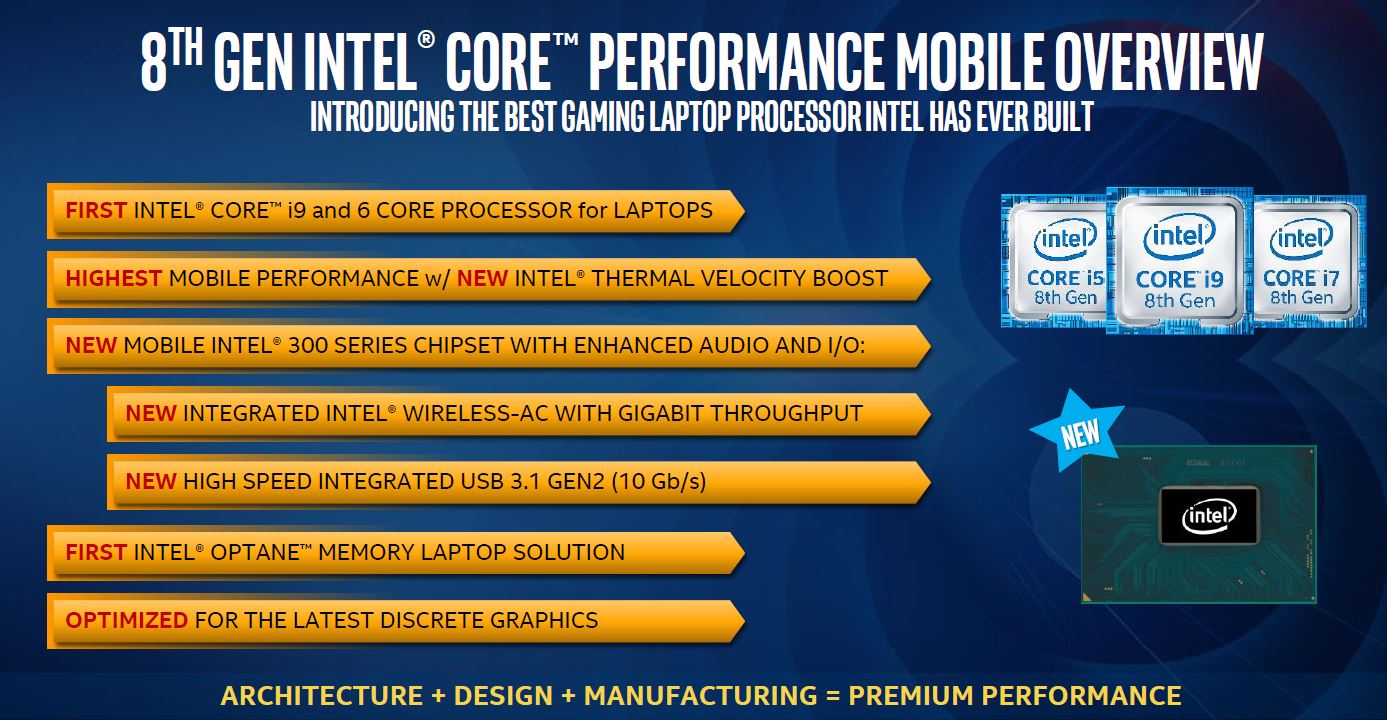
Intel is forging ahead with IRIS graphics as we saw in our Intel Xeon E3-1585 V5 Linux CPU Benchmarks on some of the new dual and quad-core SKUs. Perhaps we will see a Xeon Entry level refresh of these SKUs as well.
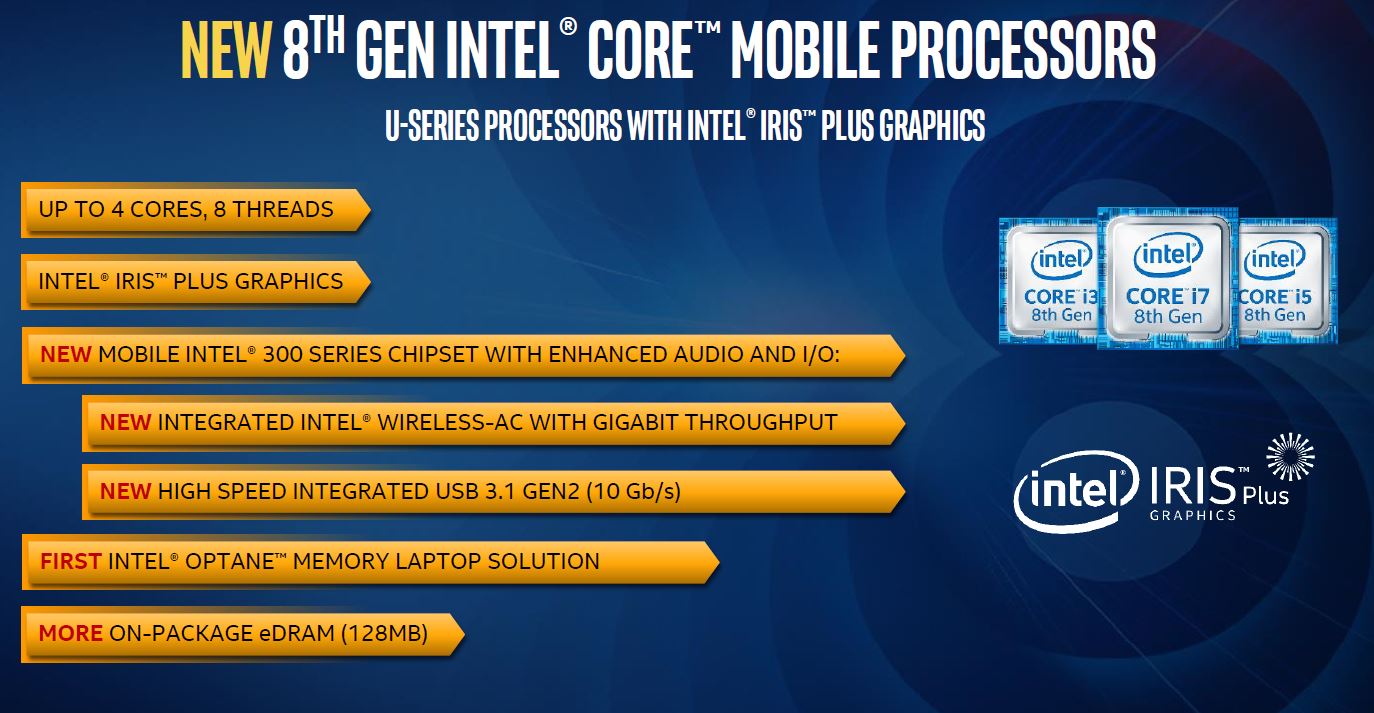
In terms of the chipsets, the slide is self-explanatory. There are a number of SKUs available including the Q series chipset SKU which Intel uses to denote vPro enablement.
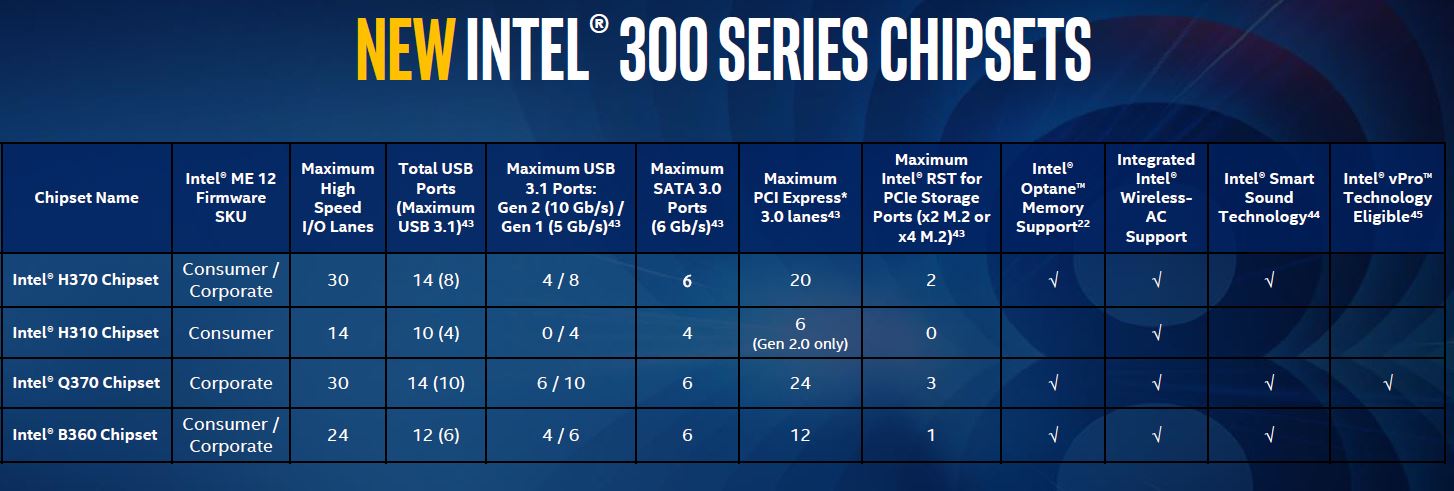
One area that we wanted to touch on is the Optane memory which is getting yet another nudge towards being mainstream.
Intel Optane Memory Takes Center Stage
With the 8th Gen Intel Core CPUs and the Xeon E-2100M series mobile parts, Intel is pushing Optane Memory. A basic premise is that an OEM can use Optane plus a spinning drive to provide a high capacity and high performance solution. We wish we had 512GB and 1TB class mobile Optane devices so we could finally just use Optane as primary storage in notebooks. Instead, Intel Optane Memory is essentially caching data on the Optane drive.
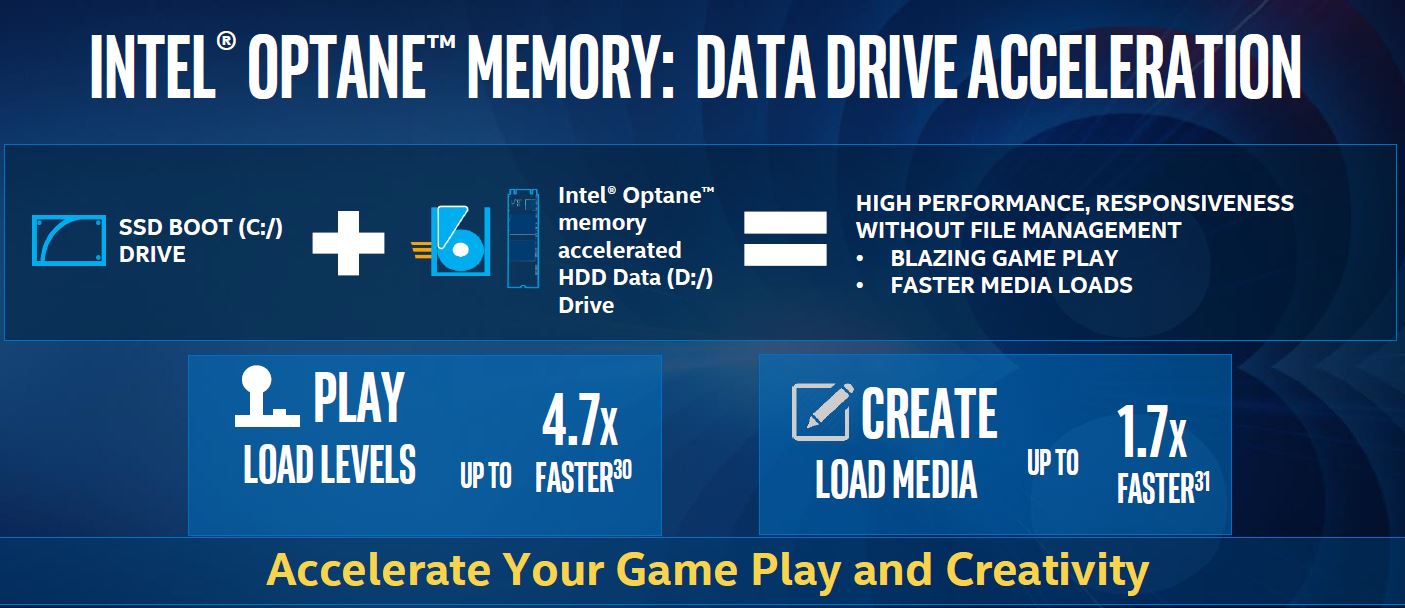
We have shown these as part of our Intel Optane 800p overview, but Intel provides a number of application traces that highlight that most consumer workloads are low queue depth affairs.
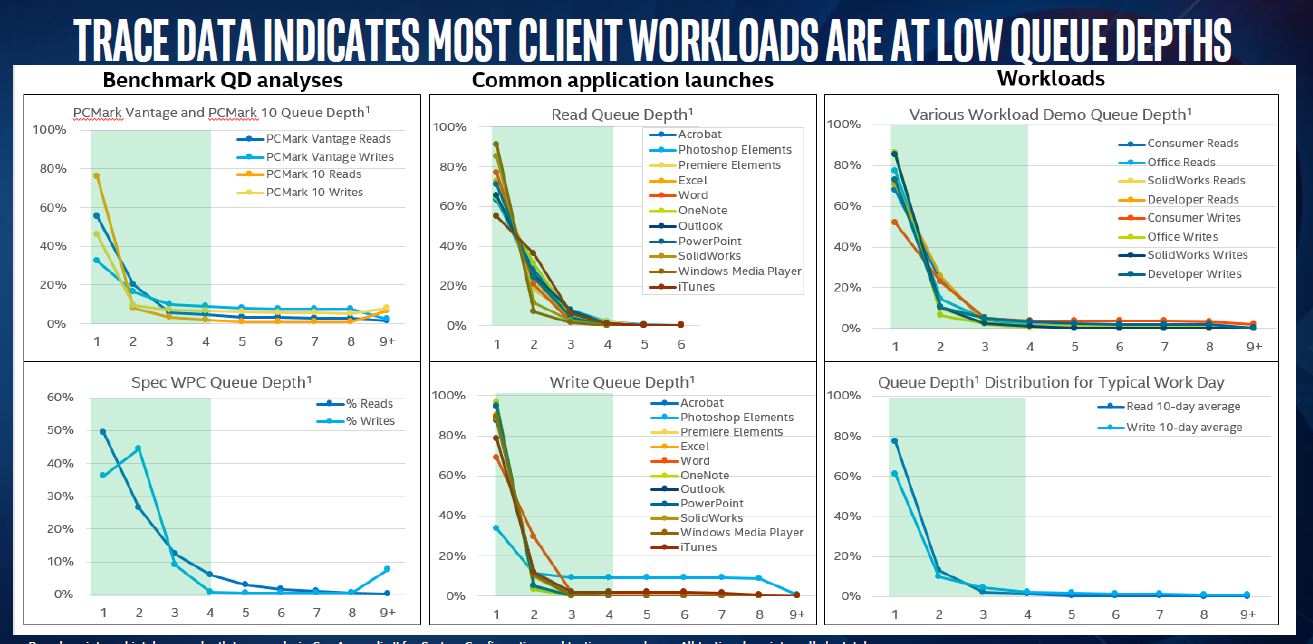
Here Intel is simply showing that its Optane SSDs perform well at these low queue depths, which they do.
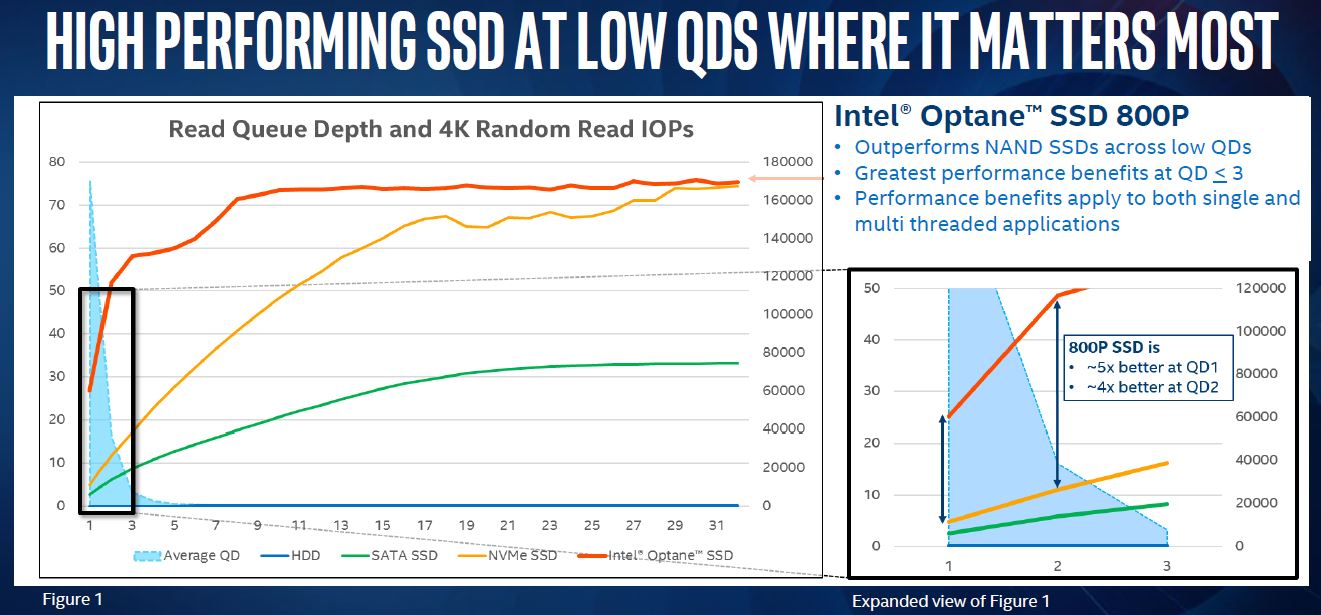
We like Intel Optane technology, but we need a m.2 PCIe 3.0 x4 SSD, or an Intel Optane 900p m.2 form factor drive, in larger capacities, until we see mass adoption.
Final Words
We were told multiple times that this is not the Intel Xeon E-2100 or Xeon Entry level launch. Generally, the Xeon E3-1200 series launches have trailed the consumer parts by a few weeks or months. We do like the direction of moving this class of platform up to 6 cores and 12 threads along which single core clock speeds nearing 5GHz. For a segment of our readers that is in the dedicated hosting market or simply likes these low core count, high clock speed single socket platforms, this should be good news going forward. Of course, as Intel reiterated to us, it does not comment on unannounced products (even if the mobile team is launching Xeon E-2100M parts.) We think the chances are good that Intel will continue selling new generations of products into existing segments as they become available.

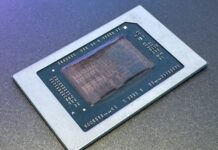


A bit of a rant here:
I have a Dell Precision 5520 with Xeon E3-1505M v6.
The performance is absolutely dreadful.
The cpu heats up to even 96 C and then it slows down.
The Windows 10 I’m using hangs, mouse and keyboard become unresponsive.
I have to wait even a minute to be able to work.
And all I do is compile code.
@Daniel, sounds more like a problem with the specific laptop. Buddy of mine has the same laptop and it works like a charm, maybe your CPU cooling block isn’t connected properly or making full contact?
Maybe a fan isn’t spinning up? Might be worth checking.
@Daniel notebookcheck.net found that the 5520 does not have enough cooling to run multi-core during sustained load so the CPU is throttled heavily. If you’re not using it mobile it will help significantly to put it on a cooling pad.
the new 2018 XPS 15 and Latitude 7490 both have a much improved cooling solution, and I would expect a new Precision 5530 to follow with the same improvement in a few months. Perhaps it’s worth complaining to your vendor or to do a trade in.
On Windows 10 you can avoid the hanging behavior by switching to the “Recommended or Better Performance” power profile rather than using the “Best Performance” setting.
Cooling is certainly a design challenge for notebooks these days. That is more of a vendor and model specific concern. Others here have some good comments. I am typing this on a HP Zbook Studio G3 with a Xeon E3-1545M V5 + Quadro M1000M so I am certainly one to try mobile Xeon parts. On heavy compiles, I generally just do them on a server since it is faster anyway.